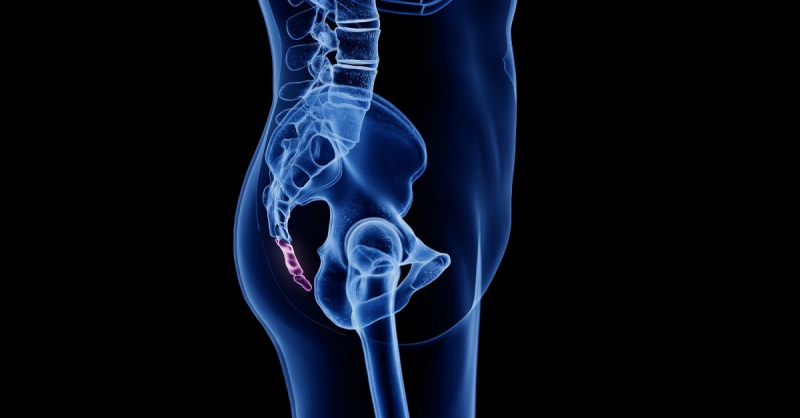Tails
After a long period of evolution, human beings get rid of almost all the distinct features that tell they are once a part of the mammals, except for the tail. Believe it or not, until this day, humans still have tails. Between stages 14 and 22 of human embryogenesis, one can actually observe a tail-like structure, complete with several vertebrae. The tail, however, disappears in the following few weeks of growth, and over time the vertebrae fuse to create the adult's coccyx or tailbone. One of the pillars of Ernst Haeckel's recapitulation theory was this aspect of embryological development. The major theme of the theory, which is frequently expressed as "ontogeny recapitulates phylogeny," is that when an organism develops from an embryo to an adult, it goes through many stages of its development from an ancestral condition to its present state.
Not just humans, apes also lost their tails while growing up. This trait makes them distinguishable from other groups of primates like human beings. However, it is unclear why apes lost their tails. Moreover, occasionally, a human newborn is born with a vestige tail. Though most of these tails are typically harmless, some are linked to spina bifida (failure of the vertebrae to completely enclose the spinal cord). Infant humans often have their tails surgically removed without any complications.










